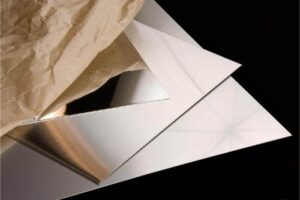
Mirror Polish vs Brushed vs Matte Texture:Metal Finish Guide
The surface finish of a metal part isn’t just about looks — it defines how a product performs, ages, and communicates quality. Whether you choose
We regularly update articles related to the manufacturing industry.

The surface finish of a metal part isn’t just about looks — it defines how a product performs, ages, and communicates quality. Whether you choose
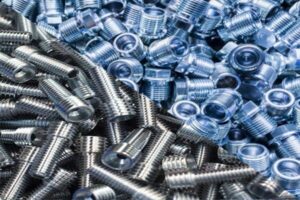
Metal corrosion is not just a cosmetic issue — it directly affects performance, safety, and long-term reliability. According to the World Corrosion Organization, global corrosion
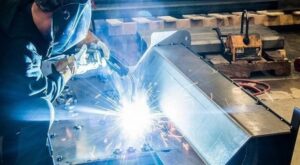
A welded part is never “finished” the moment the arc stops. Welded components can look completely different depending on how their surface is treated after
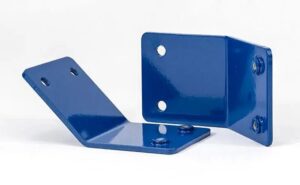
A flawless powder coat does not begin in the spray booth. It starts in the CAD model. Powder coating provides parts with a strong, corrosion-resistant
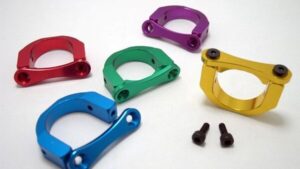
Aluminum parts face different needs depending on their use. Some require a smooth, decorative surface, while others need high resistance to wear and corrosion. Anodizing

Dimensional accuracy refers to the degree to which a finished part matches its intended size and shape. It indicates whether the fabrication and finishing processes have maintained the part’s accuracy to the design. Every step—cutting, bending, welding, or coating—can slightly change a part’s size. Engineers manage these changes through defined tolerances and precise measurement checks. The goal is to keep each part as close to the design as possible, ensuring it fits and performs correctly.
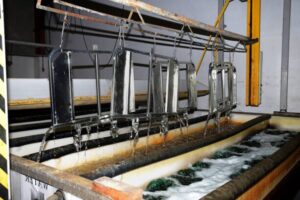
When selecting zinc plating for metal parts, the distinction between Type I and Type II can have a significant impact on performance, durability, and cost.
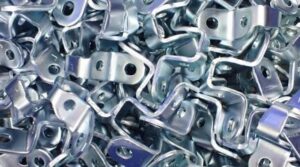
Surface finishing is an essential step in sheet metal fabrication. Even if a part is cut, formed, and welded perfectly, its performance and look still
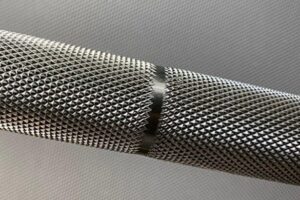
Knurling is a machining process that creates raised patterns on metal surfaces. It improves grip, adds a decorative touch, and can help with press fits. The method uses special tools to roll or cut patterns directly into the material.
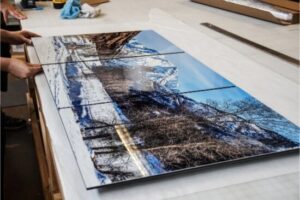
Sublimation printing is a process that turns solid dye particles into gas without going through a liquid stage. This happens when heat and pressure are applied. The gas penetrates the polymer coating on the metal surface and locks the dye molecules inside.
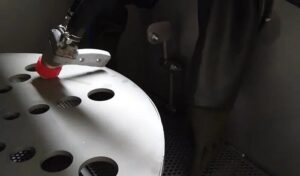
Grit blasting is a way to clean and prepare surfaces. It works by shooting abrasive particles at high speed against a workpiece. These particles remove unwanted layers and create a specific surface texture. The process uses compressed air or special blasting equipment.
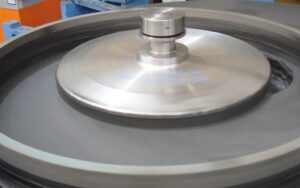
Lapping is a process where two surfaces are rubbed together with an abrasive material in between. The abrasive can come as powders, pastes, or slurries. It removes tiny amounts of material from the workpiece. Lapping aims to create smooth surfaces, fix minor shape errors, and achieve precise dimensions.
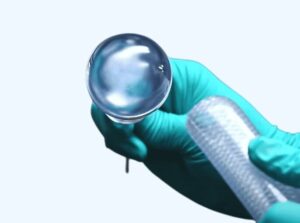
Vapor polishing is a finishing process that uses chemical vapors to smooth the surface of a plastic part. The process starts by placing the part inside a sealed chamber. A chemical like methylene chloride is heated until it becomes a vapor. When this vapor contacts the plastic, it slightly melts and reshapes the outer layer. This reshaping fills in rough spots, scratches, and minor marks.
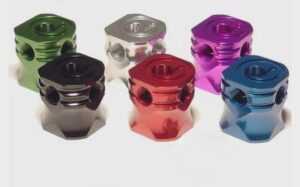
Bright dip anodizing is a chemical finishing process. First, the part is cleaned and degreased. Then it goes into a chemical bath that makes the metal smooth and shiny. After that, the part is anodized to form a protective oxide layer. Finally, this layer is sealed to keep the surface resistant to corrosion and maintain its shine.

PVDF coating is a high-performance protective layer made from polyvinylidene fluoride resin. It is known for excellent weather resistance, chemical resistance, and color retention. It protects surfaces against corrosion, UV rays, and abrasion.

Honing uses abrasive stones to remove small amounts of material and improve surface finish, while lapping relies on abrasive slurry between surfaces for high precision. Honing is better for cylindrical parts with tight tolerances. Lapping is better for flat surfaces or when extreme accuracy is needed. Both processes reduce friction, improve durability, and support high-performance parts.
We will contact you within 1 working day, please pay attention to the email with the suffix”@goodsheetmetal.com”